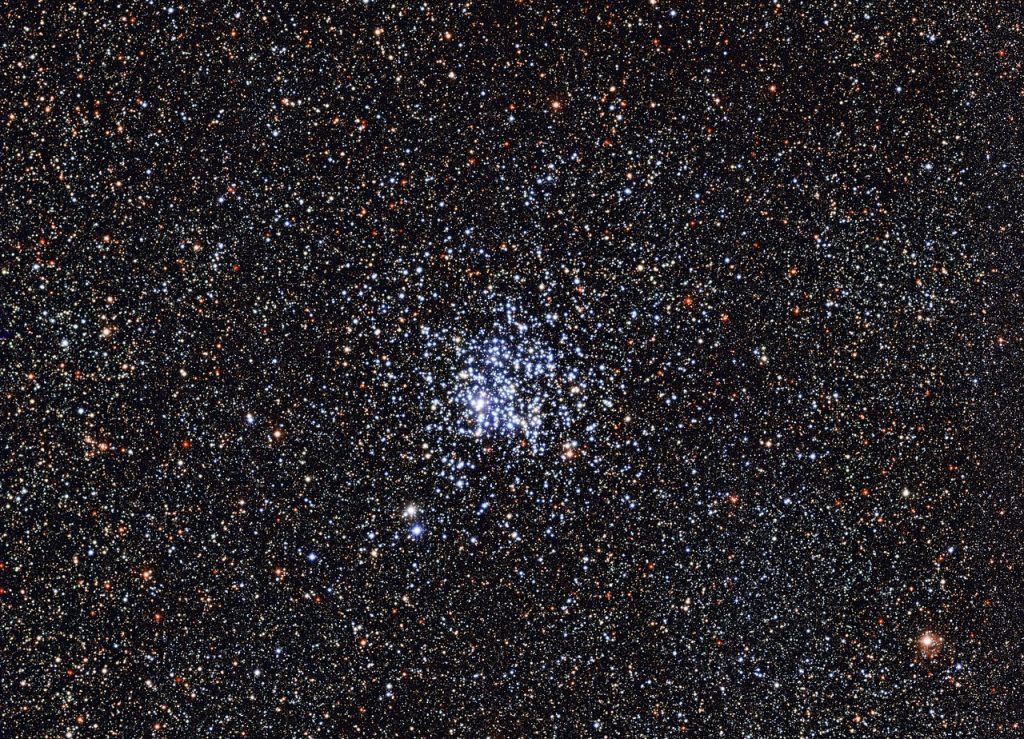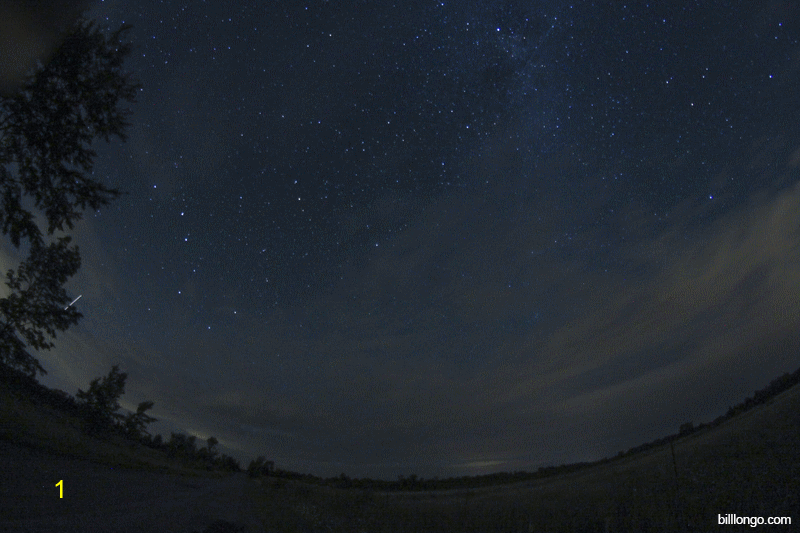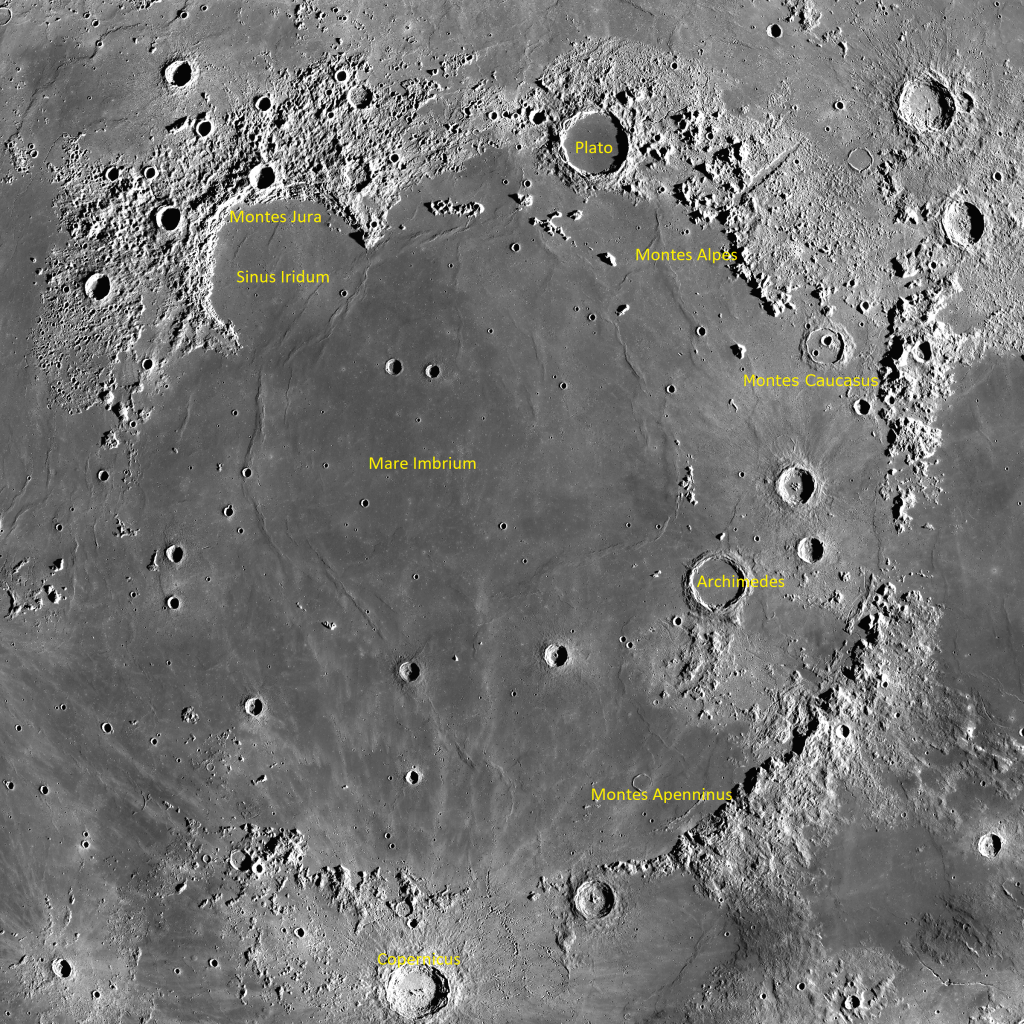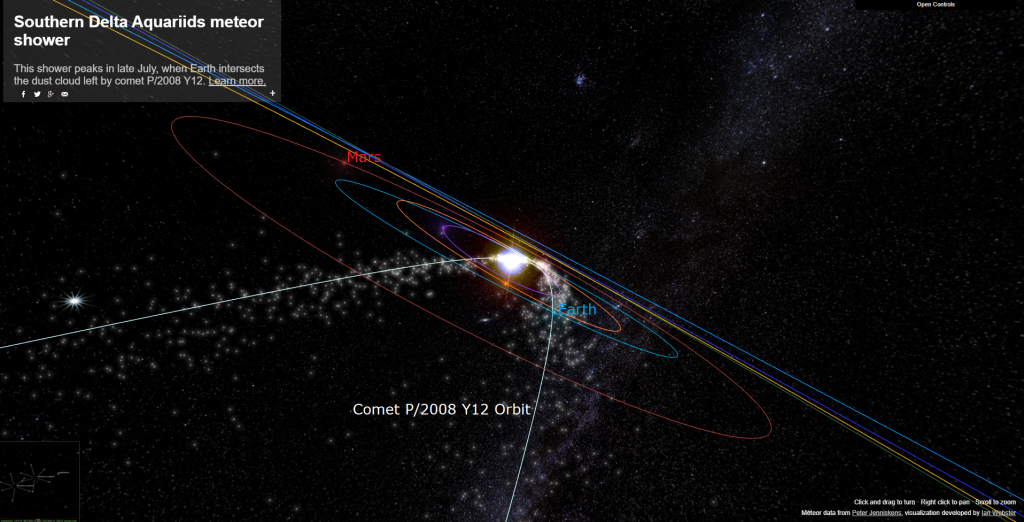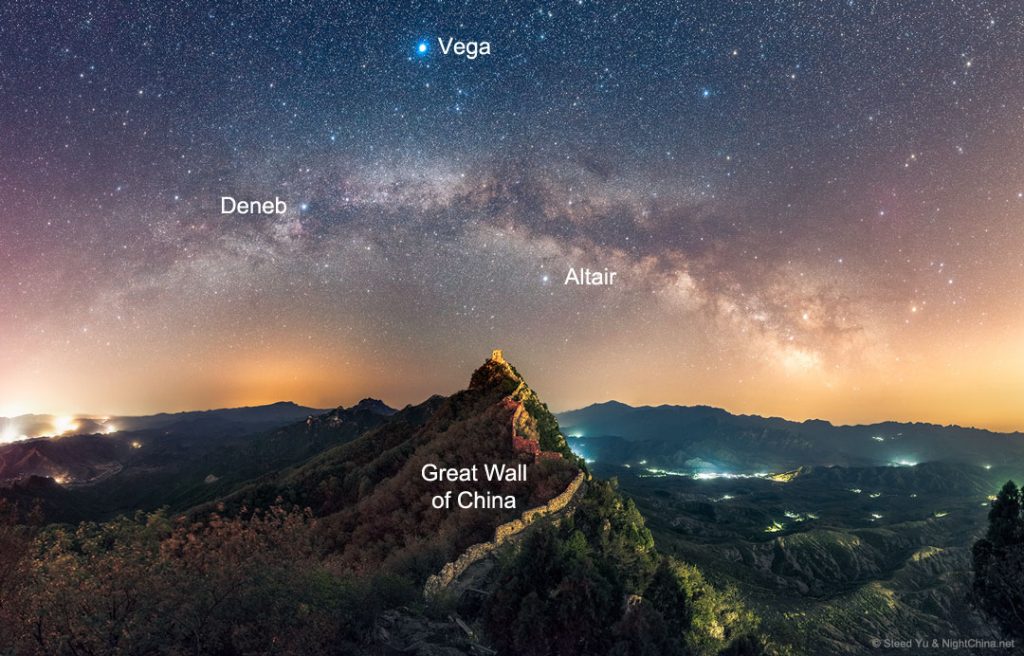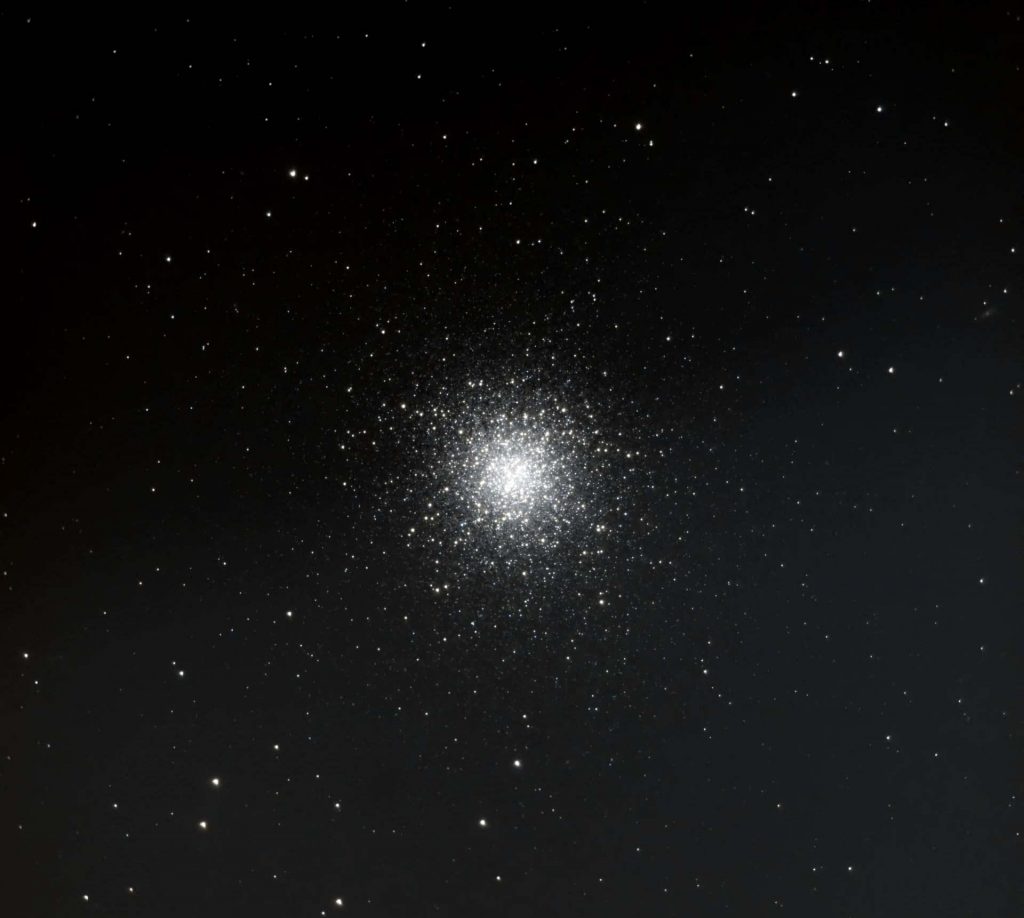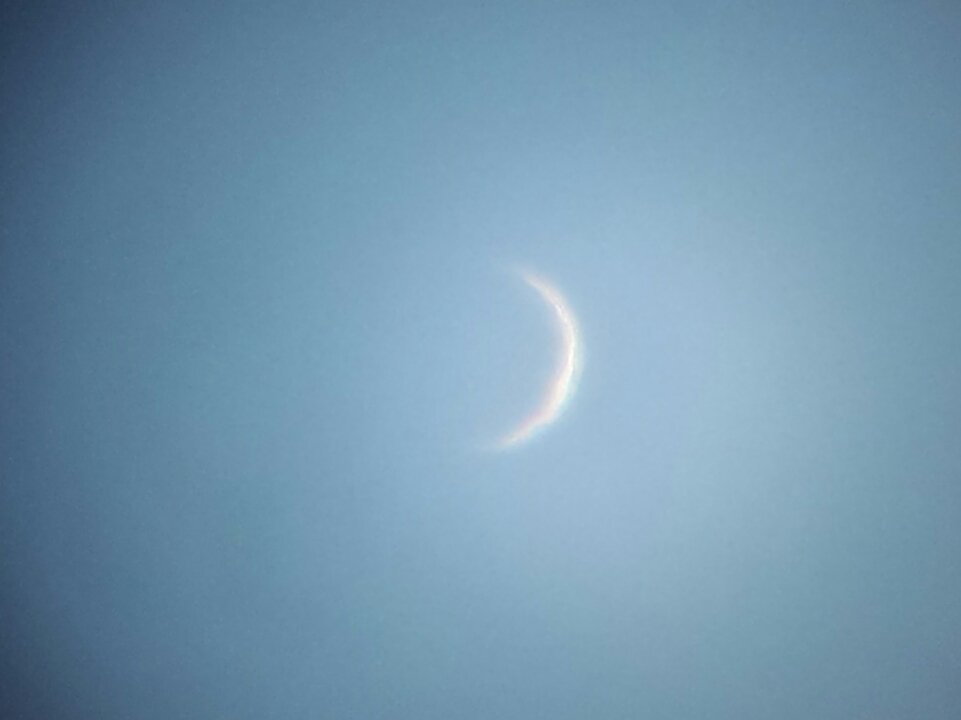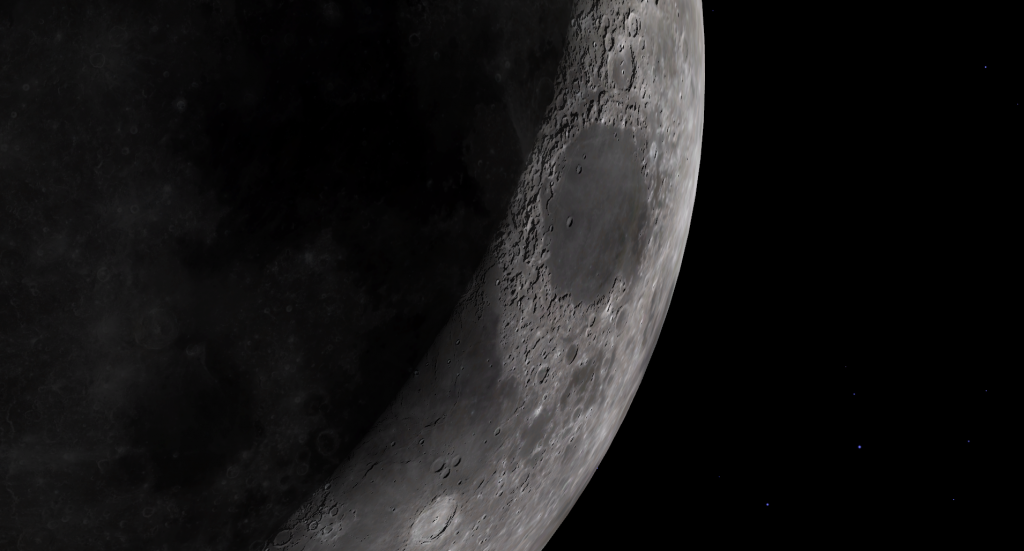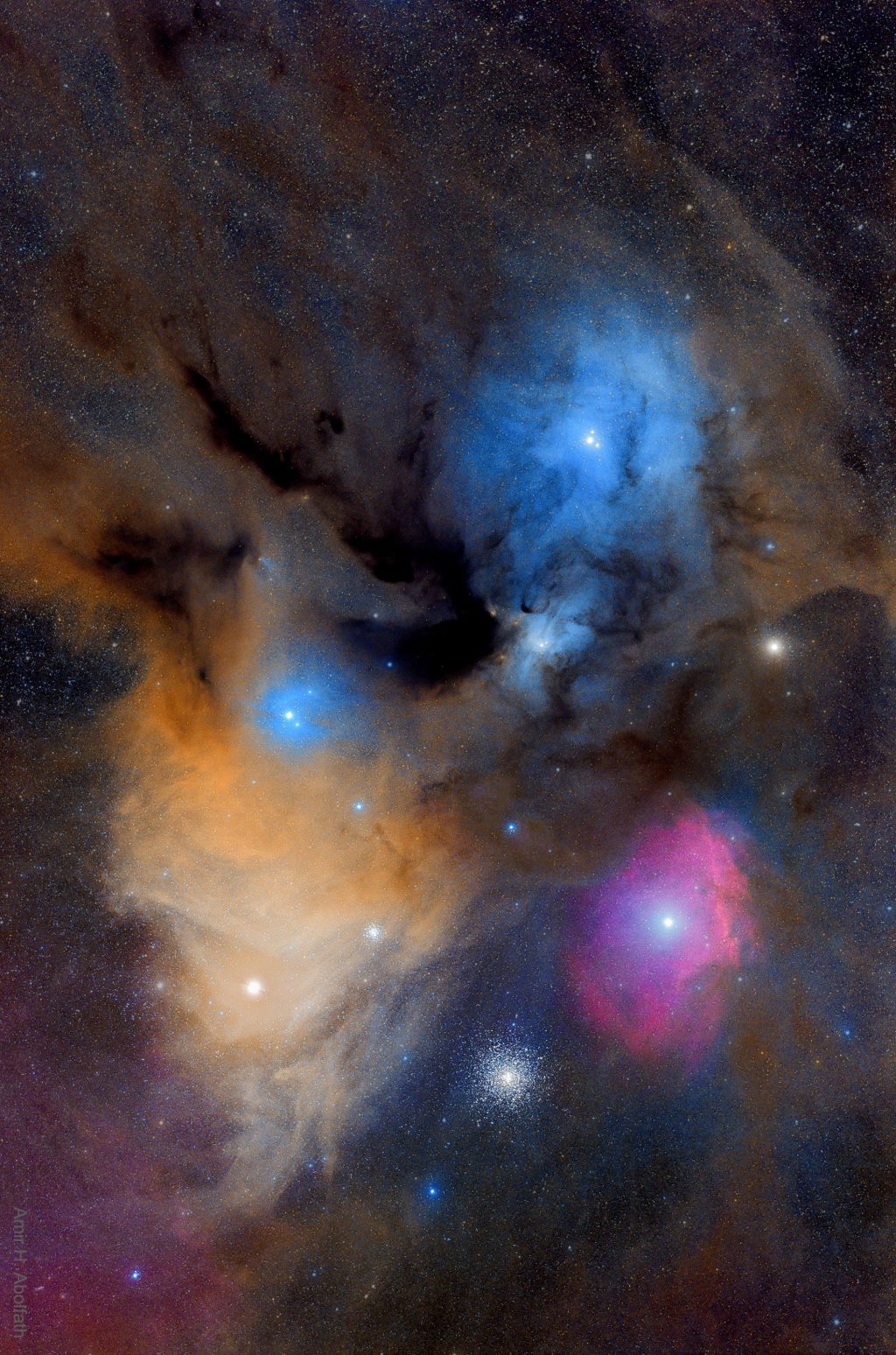A Sun-Hugging Moon Lets Us See Subsiding Perseids, Planets Peak Overnight, and We Fly With Eagle Aquila!
This image of the Wild Duck Cluster, also known as Messier 11 and NGC 6705, was captured by the European southern Observatory. Note the blue and yellow stars, and the odd red one. The entire photograph covers about the size of the full moon in the sky, making M11 one of the easiest-to-see Summer Milky…
Read more
